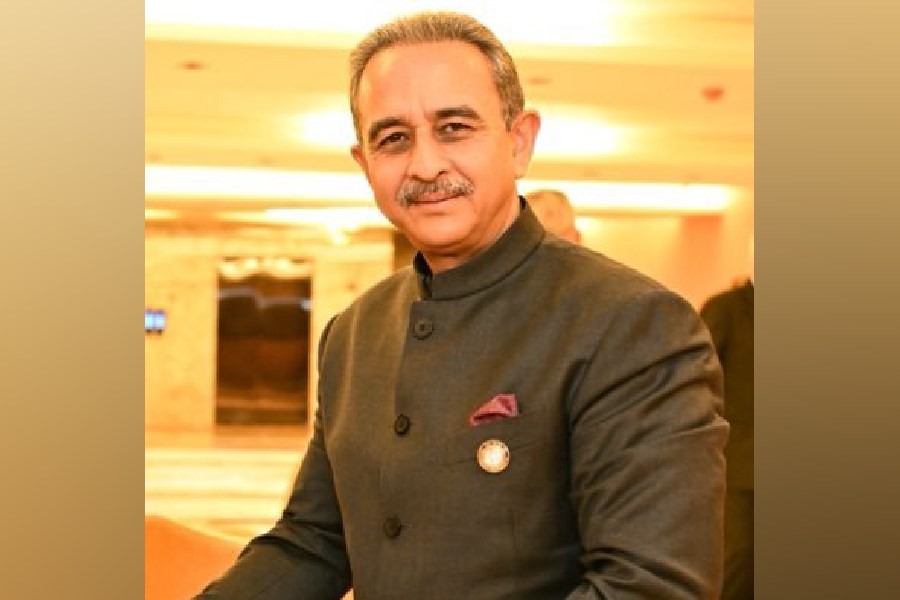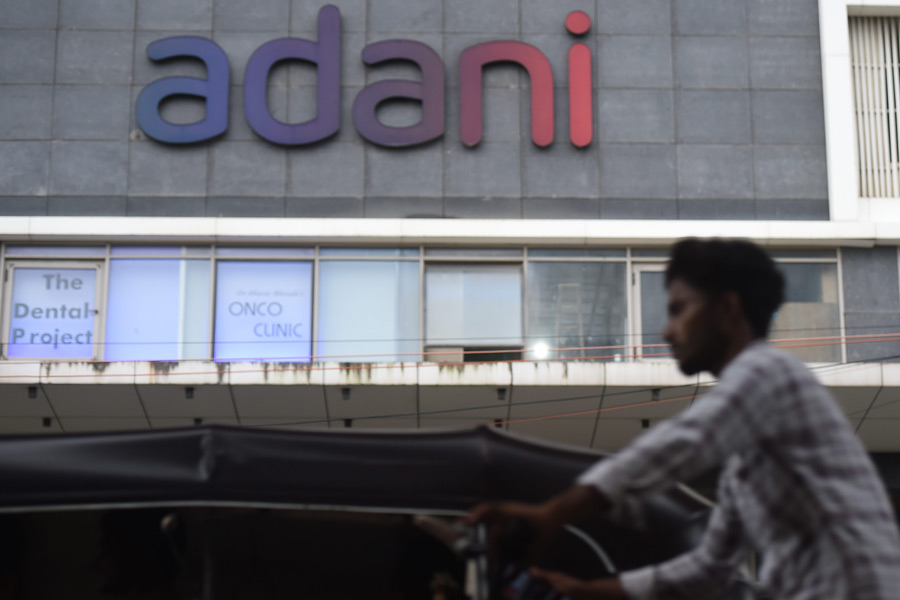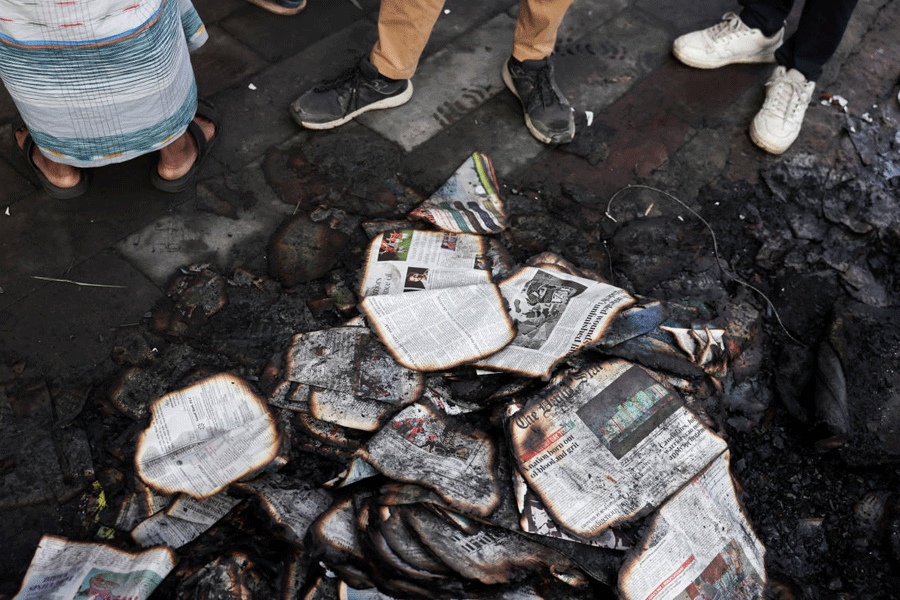 |
| The eastern gate of the Munger fort. Picture by Amit Kumar |
Munger, April 6: With little insight, Munger fort — once the headquarters of Nawab Mir Qasim — could have been converted into a major tourist hub. But the historic site is limited to serving babus. For, it has been made the district headquarters.
The fort, 170km east of Patna, houses offices of the divisional commissioner, the district magistrate, the deputy general of police, the superintendent of police and others, and also the local court, the district jail, the circuit house and the Bihar School of Yoga. More than 150 private houses also stand inside the fort, as the owners got lease from the district administration earlier. Visitors to the fort are mostly the residents of the town who go on official or personal matters.
Tourists can reach the Munger fort by road or rail. From Patna, which is also the nearest airport, people can opt to take National Highway 80 to reach Munger. Those travelling by train can take the Kiul-Sahebganj loop section to reach Jamalpur and then travel another 8km to reach Munger. Once at Munger, the circuit house inside the fort or the hotels around the fort can provide suitable accommodation.
With the state entering its centenary year, residents here are demanding immediate government attention towards the fort. Social activist Gouri Shanker Rana said: “The Nitish Kumar-led government has started the centenary celebrations of the state but has failed to take notice of this dilapidated historical site.”
An official said: “The provision to give land inside the fort was stopped from the 1990s.” Another senior official said while every year, the government provides funds for the maintenance of offices and official residences, the dilapidated fort is neglected.
The fort, constructed in pre-historic times by the legendary ruler of Magadh, Jarasandha, to protect his kingdom from attacks, is situated on the bank of the Ganga and is surrounded by around 35ft-high walls. For heightened security, a 25ft-wide moat was dug. Spread across 200 acres, the fort can be accessed from the east, west and Lal Darwaja on the north. Amit Kumar, a betel shop owner, said though a tourist information centre is located outside the fort’s eastern gate, it remains closed. “Neither have we seen any official at the information centre nor any tourist,” he said.
The fort, which was destroyed in the earthquake of 1934, was repaired in the 1960s. Between 1997 and 2006, district magistrate S.C. Mishra and divisional commissioner Hem Chandra Sirohi had taken initiatives to renovate the fort.
Gopal Kumar, a lawyer at Munger court, said: “This fort is, perhaps, the sole living fort in the country which is used for all purposes except tourism.” Residents have demanded an immediate renovation drive at the fort.
The graveyards of Gul and Bahar, the children of Mir Qasim, who were killed by the British, after the nawab escaped, are inside the fort. “Karn Chaura is another significant historical site inside the fort where Karna used to worship the Sun god. The place now falls on the campus of Ganga Darshan, the headquarters of Bihar School of Yoga,” said college student Anita Kumari.











